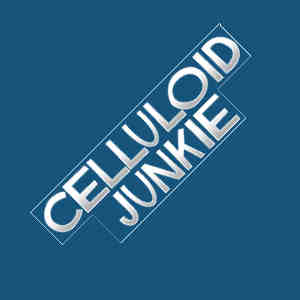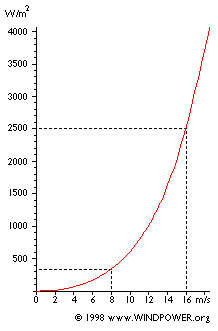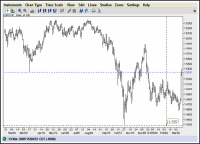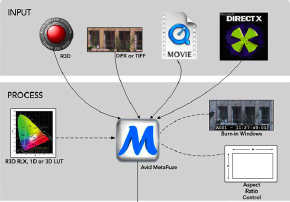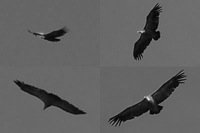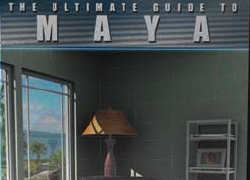The exhibitors (the cinema owners) have gotten to rely upon the studios capabilities of scheduling correctly. Quite amazing, given the schedules of all the participants, the ability to make one more take last all day, editing a billion variables and the process of dubbing and scoring and translations and prints and distribution. But they pull it off, and with that they get the trust of the exhibitors.
And so it happens again on the final days of March and the first days of April. ShoWest in Vegas, jointly at the adjoining Paris and Balley’s hotels.
[Après ShoWest] Always good to be reminded how much one hates places like that. Not those particular hotels in particular, but all of them in general for their overpriced and insipid everything.
One wonders, of course, what it will be like given restrictions on travel budgets and a general malaise of the financial world. Fewer movies being made, less than expected in the dcinema transition and equipment manufacturers who have to be biting their nails.
[Après ShoWest] The MPAA released their movie numbers for the year while we were there assembled. If one doesn’t look past the mirrors, then things look good; up this and better that. Look behind the mirrors and really things were level…which ain’t bad in times like these.
If the manufacturing companies ramps up to expect sales in the consistent thousands, if one hires engineers and people to handle customer needs and wants and of course, people to make face at the convention – Hundreds of thousands of dollars…a day. Booths themselves are several hundred per square meter. Hotel charges to put all these people up…ouch. The cost of dragging equipment around…double ouch. Getting prepared for the show…a huge distraction that consumes resources that could better be used a hundred other places.
[Après ShoWest] Just after the show, Panasonic announced that they were pulling out of IBC. Apple and Avid and others have already pulled out of NAB. Their reason to show is to grab the coattails of big companies like these who can draw people. If they are gone and people find it hard to travel for budget reasons…zounds…not look good, boss.
This has gone on for years in the DCinema world. And what does anyone have to show for it. Perhaps Boeing was brilliant for seeing it as a game too long and bailing early. Texas Instruments has poured a decades worth of blood on the floor in terrific support and little in return. What we just saw is 35% of their staff gone.
Who has breathed aloud the question…what if they decided to pull out now?
Well, they didn’t and probably won’t. Sony is not waiting for that to happen. They’ve got a solid bead on the prize now that the product works and are playing the cards. A good thing to do when the premier show is in Vegas.
[Après ShoWest] Sony had the major announcement of the show; 5,000 pieces of big digital 4K headed to all the AMC theater screens. The inside data shows that everyone is probably a winner, and the implications for DCIP are interesting.
As usual, for people like me, it is trolling for passes time. Can’t get in without a fistful of money, but the Sunshine’s put on a great show. Perhaps it is time to pay the $300 and get the pass and the food and the respect. Oh? No pass for that amount? No respect either?
[Après ShoWest] As it turned out, I got a couple of passes. But alas, there was very little food. I pretty much starved, but will save you the stories. Suffice to say that the convention that used to brag on its great entertainment and spectacular parties with wonderful food was actually serving hot dogs at one of the lunches…and it went downhill from there.
Well, the food’s decent.
[Après ShoWest] The people are still good to be with. See you next year.
